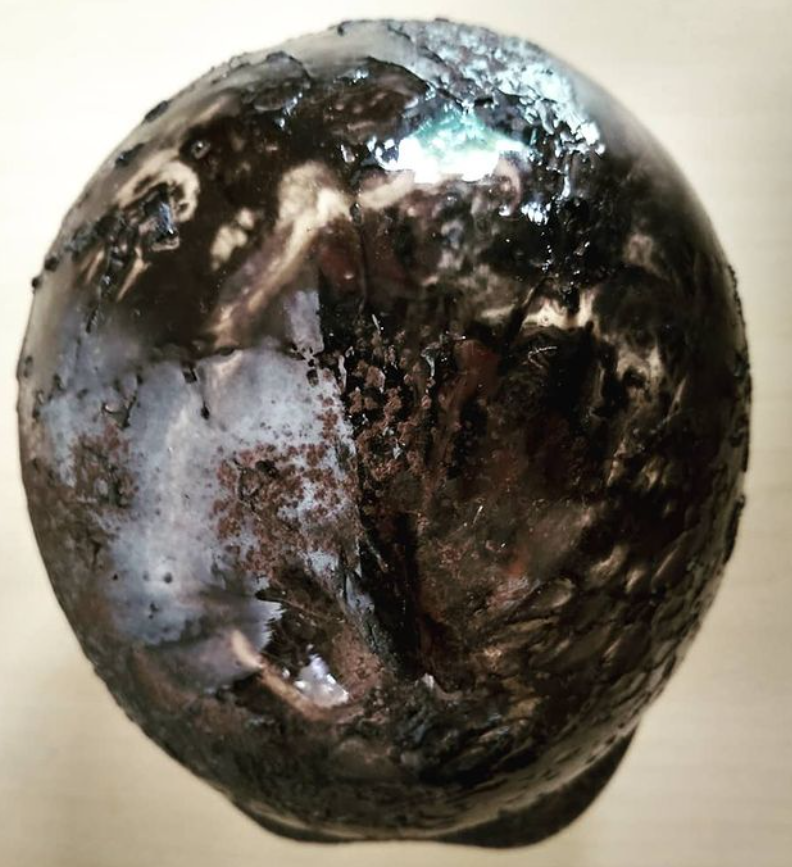Seminar Blogs
“Episteme and Doxa: Addressing a Binary” – Floor Mijland
In a whirlwind of energy, Jon McKenzie started the 4th Transmission in Motion seminar on January 27th, 2021. Once his PowerPoint is shared, he is off: introducing himself, ‘Perform or Else’, the concept of design justice, and then he states the following:
Doxa is ‘the world’ and episteme is ‘theory’, and theory is ‘the problem’.
Before I am able to grasp what he is arguing, McKenzie has moved on to introducing his formula for design thinking (DT(TK->YPP)1, the five step2 process it builds on, and how he works with it in the design lab. Then he proceeds to introduce his students Lara Harvey and Veronica Cinibulk, who take over from there as McKenzie leaves to go to ‘Rome’ in another meeting (Utrecht University 2021). After the seminar, I am left slightly confused, his statement still running through my mind. What did McKenzie actually mean?
Due to my unconventional career choices, and the Dutch system for higher education, I have been confronted with variations on his statement many times. The Netherlands is one of the few countries that has made a distinction between ‘theoretical’ higher education at universities (WO4), and ‘practical’ education at universities of applied sciences/arts (HBO3). Generally, it is understood that the latter interacts with ‘the world’, whereas the first ‘reflects’ on it. This reeks of Enlightenment thinking, which makes me quite irritable.

In true Enlightenment fashion, we can create a binary between ‘theory’ and ‘the world’, which is what McKenzie’s statement seems to do, and a binary would not be complete without an added layer of underlying value. Usually ‘theory’ is placed in the realm of the mind, ratio, male, white, good, universal, eternal etc. and the world is its opposite, which might explain why university studies are seen as more important and difficult, and HBO’s are seen as less important and easier. However, counter to the Enlightenment fashion, McKenzie places ‘the world’ on the ‘upper’ end of the scales and problematizes theory. Here, McKenzie created a reversed binary and if this was his aim, I wholeheartedly disagree with his statement.
I studied at both the university and the university of the arts, going from ‘theory’ to ‘practice’, from episteme to interacting with the world, which awarded me with many surprised reactions. Over the past few years, I have tried to address this common, yet very problematic binary understanding of ‘theory’ and ‘the world’ many times. If there is one thing I learned is that we need both and always already do both. Theory is not separate from the world, but it is part of it, enmeshed in it, and situated by it (Timeto 2011). This makes theory ‘the problem’ if it is separated from the world. However, dethroning ‘theory’ for the sake of ‘the world’ is no solution either, as it makes ‘the world’ a problem if it is separated from ‘theory’. So doxa might indeed refer to ‘the world’, and episteme to ‘theory’, but I would like to argue that ‘theory’ is not the problem, but the possible underlying binary distinction is.
Notes
1: Design Thinking (DT) is made up of Transmedia Knowledge (TK) and Your Partners Problem (YPP) (Utrecht University 2021).
2: Iterations going back and forth between Emphatize, (re)Define, Ideate, Prototype and Test phases (Utrecht University 2021).
3: Wetenschappelijk Onderwijs, or Scientific Education.
4: Hoger Beroepsonderwijs, or Higher Professional Education.
References
- Timeto, Federica. 2011. “Diffracting the Rays of Technoscience: A Situated Critique of Representation”. Poiesis Prax 8, 151-167. https://www.ncbi.nlm.nih.gov/pmc/articles/PMC3234354/.
- Utrecht University. 2021. “Transmission in Motion Seminar (2020-2021): “Performing Rapid Response Design Justice: #HerWholeTruth, Lisa’s Song & Girl Squads” – Jon McKenzie, Lara Harvey and Veronica Cinibulk (Cornell University, USA).” Transmission in Motion (blog), Utrecht University. January 27th, 2021. https://transmissioninmotion.sites.uu.nl/transmission-in-motion-seminar-2020-2021-transmedia-knowledge-human-centred-design-and-engaged-media-jon-mckenzie-cornell-university-usa/.
*Image credits: Mijland, Floor W. February 2020. Global catastrophe, Atlas, or Alas, poor Yorick. Glass. Private collection.

